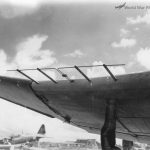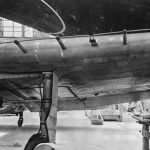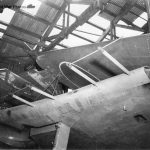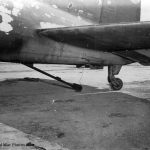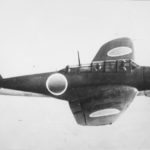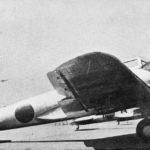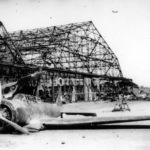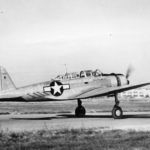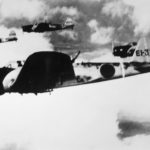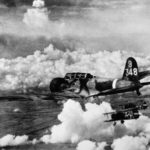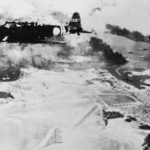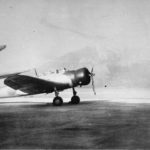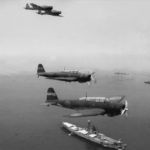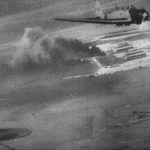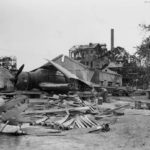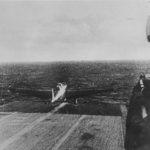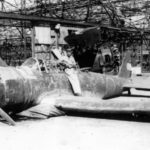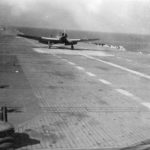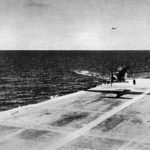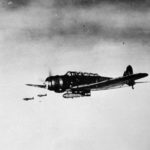Radar System on Kate Saipan
Radar System on B5N Kate Saipan
Kate with white surrender scheme
folded wing and radar antenna
Arrestor hook
B5N2 radar on wing Saipan 1944
Kate code 302
Captured B5N2 1945 2
B5N1 “Kate” Yo-335 of the Yokosuka Kōkūtai
B5N1 on the ground
Wreckage of B5N from Kaga flown by Lt Mimori Suzuki Pearl Harbor 1942
B5N2 taking off from carrier Shokaku for strike at Pearl Harbor, 7 December 1941
B5N2 Kanoya airfield
B5N2 with radar
Captured B5N2 “Kate” from TAIC
B5N2 “Kate” New Guinea 1943
B5N2 EI-311 from Shokaku
B5N from Zuikaku Battle of the Santa Cruz Islands. USS South Dakota in the background
Nakajima B5N Kate KEB-306 of the 931st hikotai Saipan 1944
Captured B5N2 1945 3
Nakajima B5N1 9-348 of the 14th Kokutai
B5N2 EII-307 from Zuikaku, December 7 1941 over Pearl Harbor
Captured B5N2 “Kate” 1945
B5N1 2
B5N2 from Zuiho over battleship Yamato, Truck March 1943
B5N “Kate” from Shokaku during the attack on Pearl Harbor near NAS Kaneohe
Nakajima B5N Kate torpedo-bomber Saipan 1944
Nakajima B5N2, P1Y and C-54 at Atsugi 1945
Nakajima B5N2 leaves carrier Shokaku for Pearl Harbor attack
Nakajima B5N1 with folded wings
Captured B5N2 KEB306 of the 931st hikotai
B5N2 Kate shot down by PB4Y-1 6 June 1944
B5N2 3
B5N2 “Kate” carrying a bomb
Nakajima B5N1 Kate takes off from carrier Akagi, 1942
Wreckage of Nakajima B5N 1945
B5N take off from Shokaku in October 1942
B5N2 during Battle of the Santa Cruz, USS Northampton in the background, 24 October 1942
B5N 363 of the Kasumigaura Kokutai
B5N “Kate” take off
Loading a 60 kg bomb on a B5N
Captured radar equipped Nakajima B5N2 1944
B5N with white surrender scheme and green crosses, 1945
B5N from Akagi to attack Ceylon on the raid in April 1942
Type 97 Carrier Attack Bomber B5N was the Imperial Japanese Navy’s standard torpedo bomber for the first years of World War II. While the B5N was substantially faster and more capable than its Allied counterparts, the TBD and Fairey Swordfish, it was close to obsolescence by the time of the Pearl Harbor Attack. Nevertheless, the B5N operated throughout the whole war. Although primarily used as a carrier-based aircraft, it was also used as a land-based bomber on occasions. The B5N had a crew of 3: pilot, navigator/bombardier/observer, and radio operator/gunner.
The B5N was designed by a team led by Katsuji Nakamura in response to a 1935 specification by the Navy for a torpedo bomber to replace the Yokosuka B4Y. Internally designated Type K by Nakajima, it successfully competed with the Mitsubishi B5M for a production contract. The first prototype flew in January 1937 and was ordered into production soon afterwards.
